The 9 Classes of Dangerous Goods
Generally speaking, dangerous items are usually moved by surface transport rather than by air. However, regulations are in place to allow safe air transport if required, which enable dangerous goods to be carried on commercial airlines, private charters and cargo flights.
In order to carry dangerous goods safely, certain principles must be adopted to prevent the aircraft and its occupants from being put at risk. Dangerous items can be carried safely when appropriate measures have been taken and they are deemed safe. No matter how cargo is being transported, it must comply with The United Nations (UN) nine hazard classes for dangerous goods.
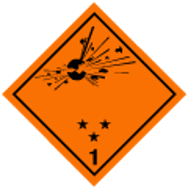
Explosive materials (Class 1)
Class 1 items are not usually shipped by air and are divided into six subdivisions. They cover substances that have an explosion hazard, explosions that may project fragments and firebrands, and fire hazards.
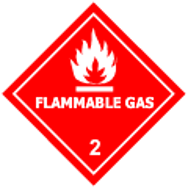
Gases (Class 2)
This class is divided into three subdivisions that include flammable gases, toxic gases and gases that are neither flammable or toxic such as helium and oxygen.
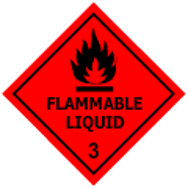
Flammable Liquids (Class 3)
Class 3 comprises liquids or mixtures of liquids that will give off flammable vapours at specific temperatures and have a flash point of not more than 60.5 degrees Celsius / 140.9 degrees Fahrenheit.
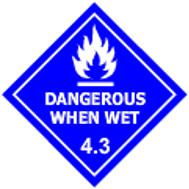
Flammable Solids (Class 4)
Flammable solids are divided into three subdivisions that include highly flammable solids, solids that are likely to spontaneously and substances that, if they come into contact with water, emit flammable gases.
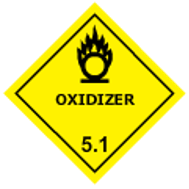
Oxidising Substances and Organic Pesticides (Class 5)
This class is divided into two subdivisions and covers agents that react with oxygen and organic pesticides.

Toxic and Infections Substances (Class 6)
Class 6 is divided into two subdivisions and includes substances such as cyanide, arsenic, vaccines and pathology specimens.
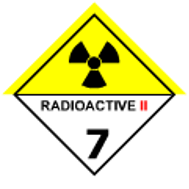
Radioactive Materials (Class 7)
Class 7 covers materials that have a specific activity greater than 70 kilobecquerels per kilogram.
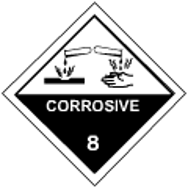
Corrosive Materials (Class 8)
Class 8 does not have any subdivisions and comprises corrosive liquids and solids that will cause severe damage when in contact with living tissue; or, in the case of leakage, will materially damage or even destroy other goods or the aircraft itself. Corrosive items include battery acids, sulfuric acid and mercury.
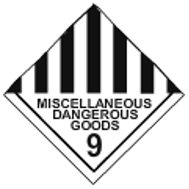
Miscellaneous (Class 9)
Class 9 is for miscellaneous dangerous items. The class does not have any subdivisions but comprises any substance that may pose a danger during air transport that isn't covered by the other classes. This includes items with anaesthetic properties, solid dry ice, asbestos, life rafts and chain saws.
Dangerous Goods by Air (HCA Accredited) Training
Next Steps
OPITO recently revised its Helideck Operations Initial Training (HOIT) Standard to include a prerequisite for candidates to undertake an approved dangerous goods awareness course. Our course is approved by the Helicopter Certification Agency and is suitable to use as a precursor to the OPITO training.
Learn more about dangerous goods by air by taking the online course.
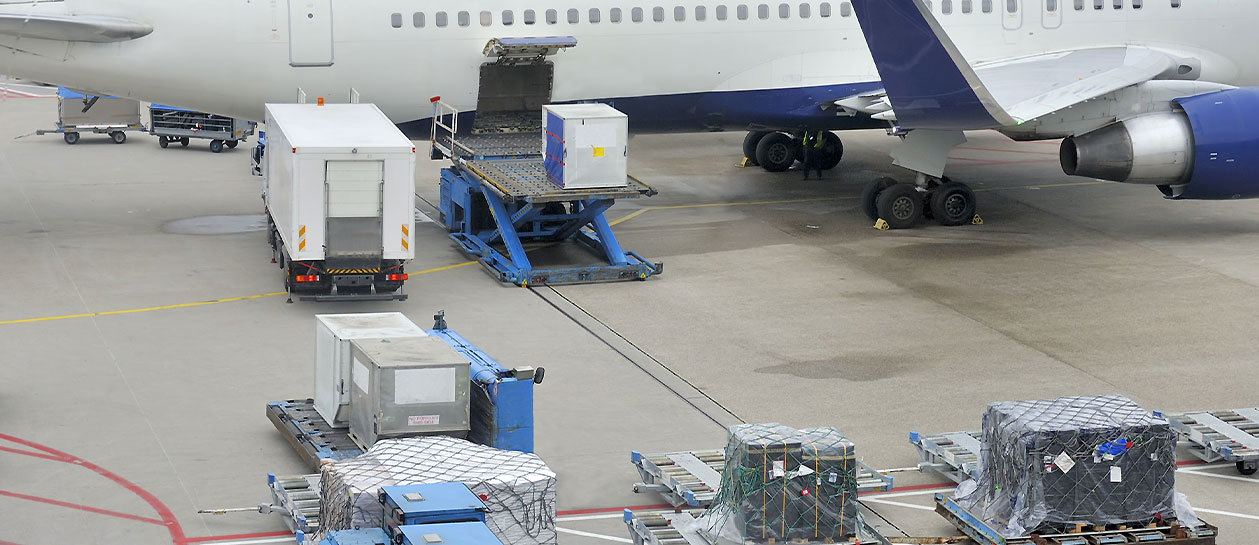
Courses
Insights & News
At Mintra, we're so much more than just a team—we're a force driving innovation and excellence in maritime training across Europe.
We’re excited to be taking the stage at one of Europe’s leading showcases of organisational learning.
We are delighted to share the exciting news that our People and Culture team has been shortlisted for the prestigious cHeRries Awards!